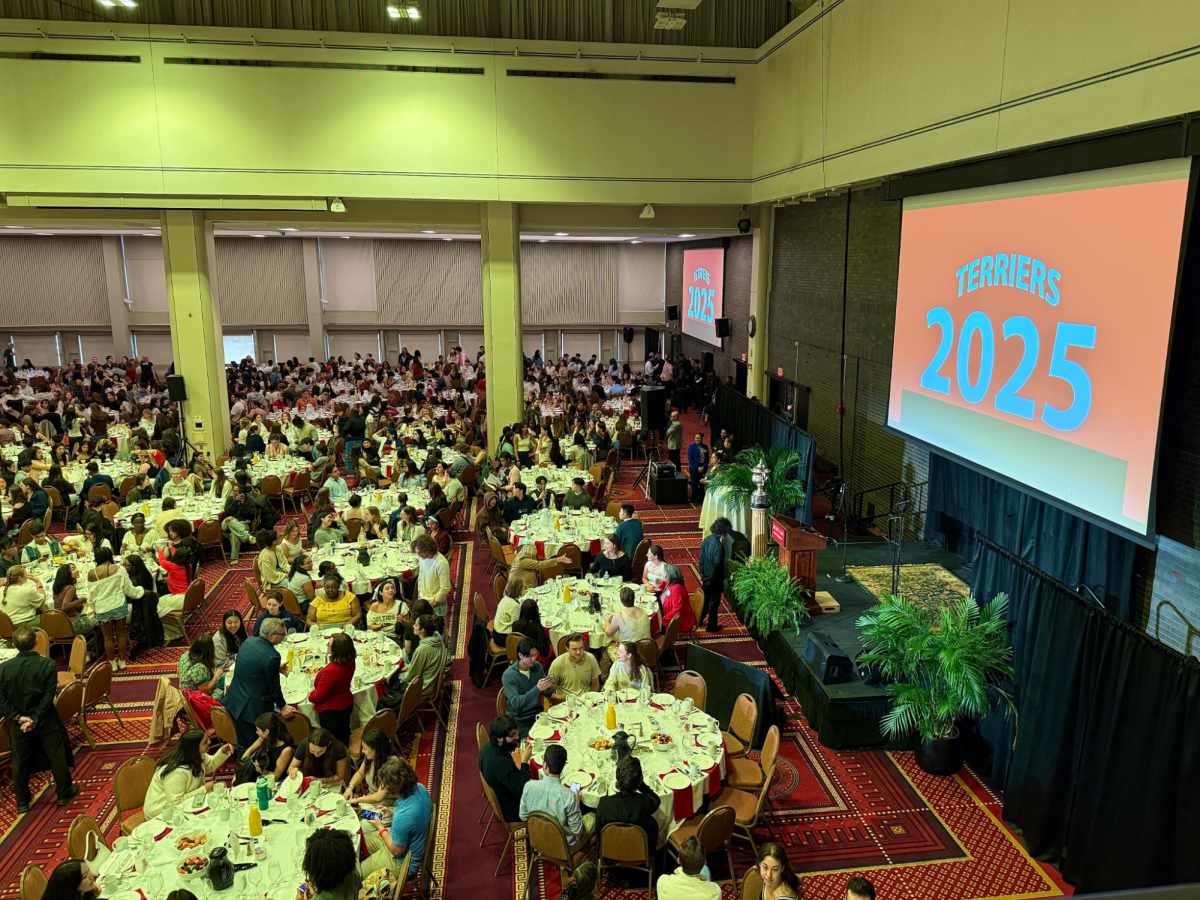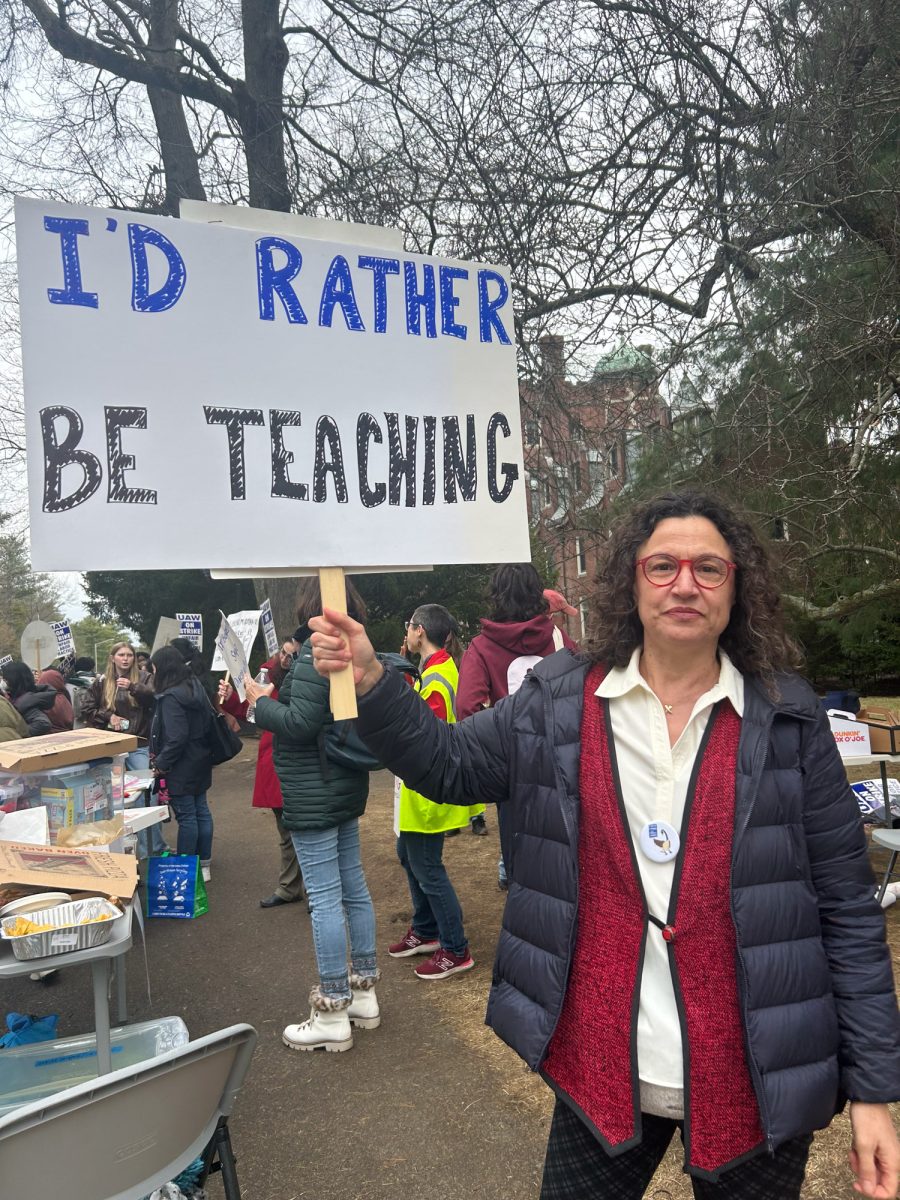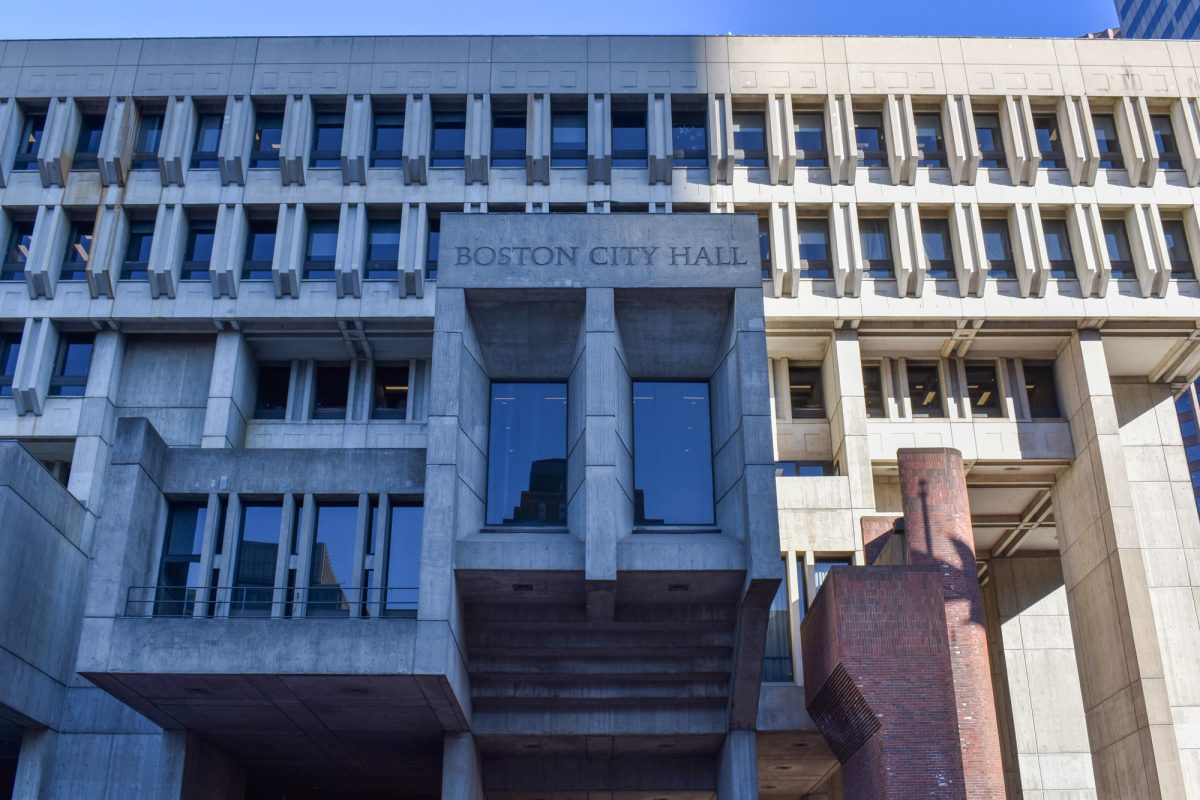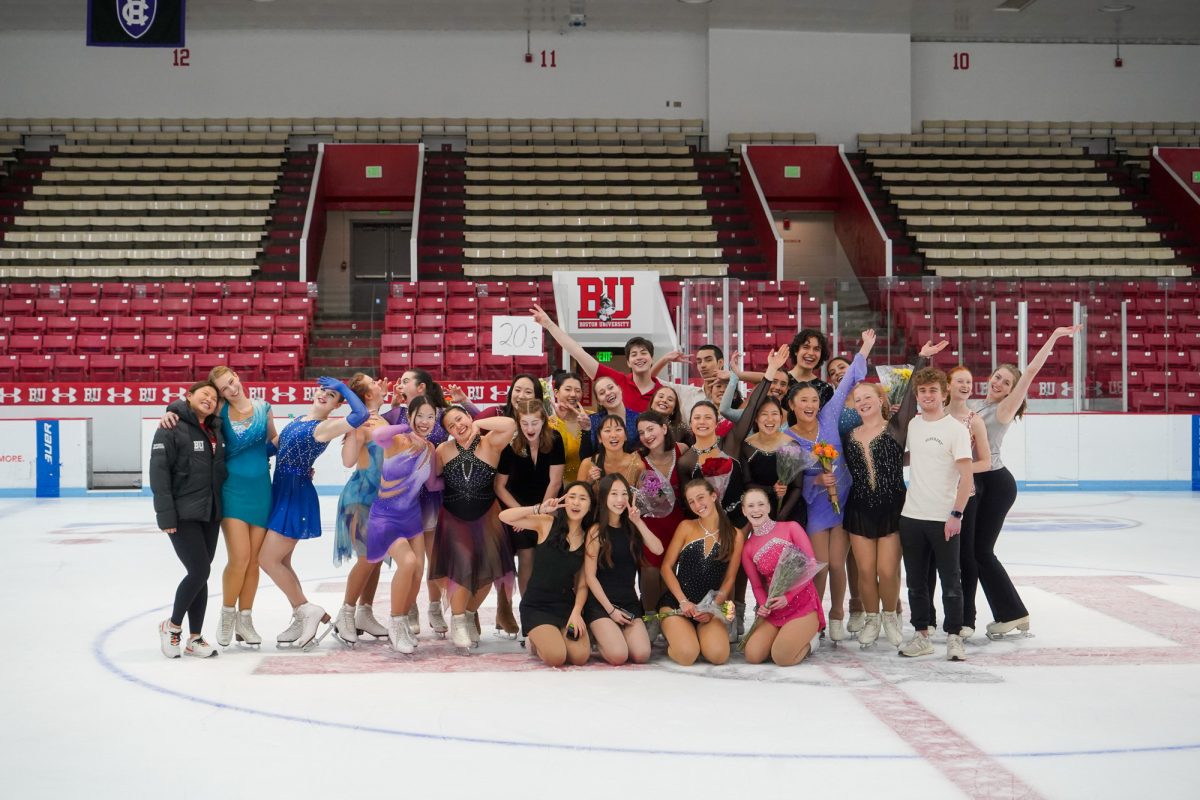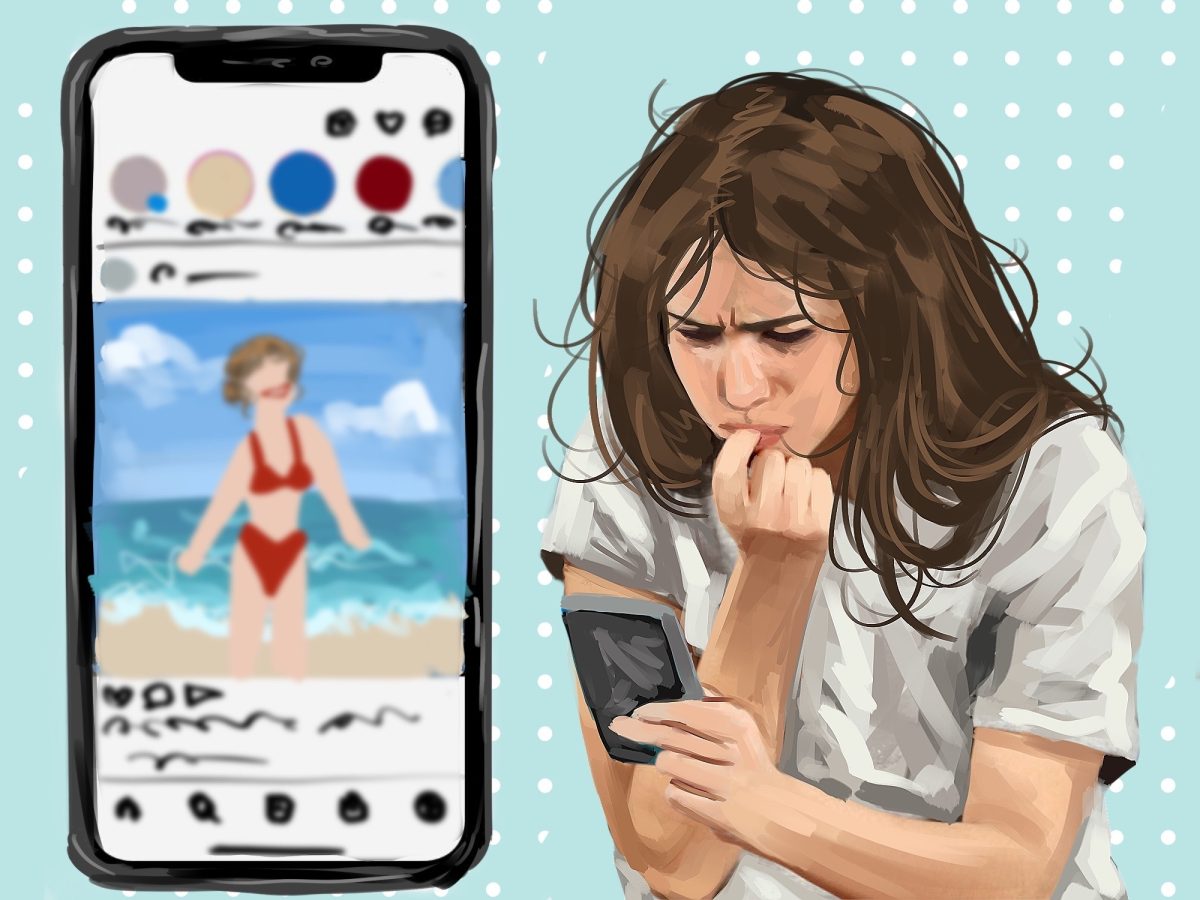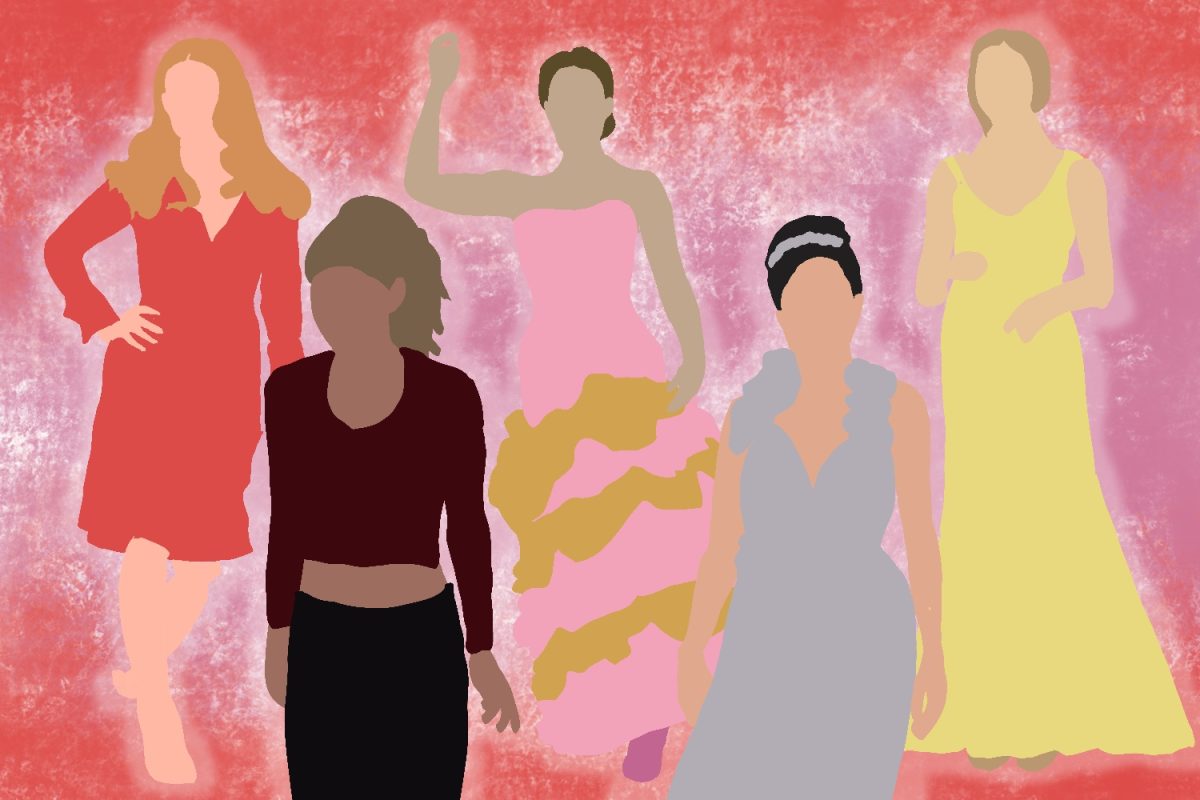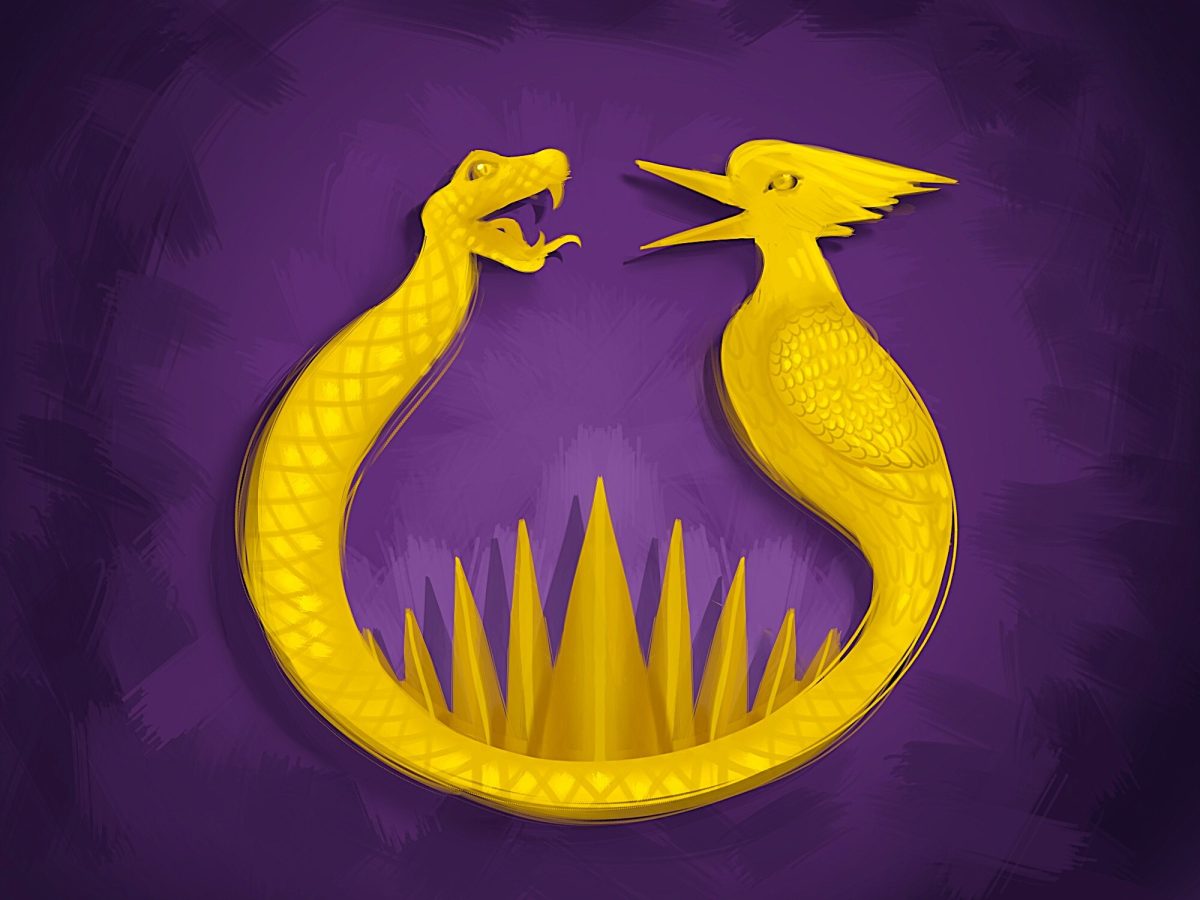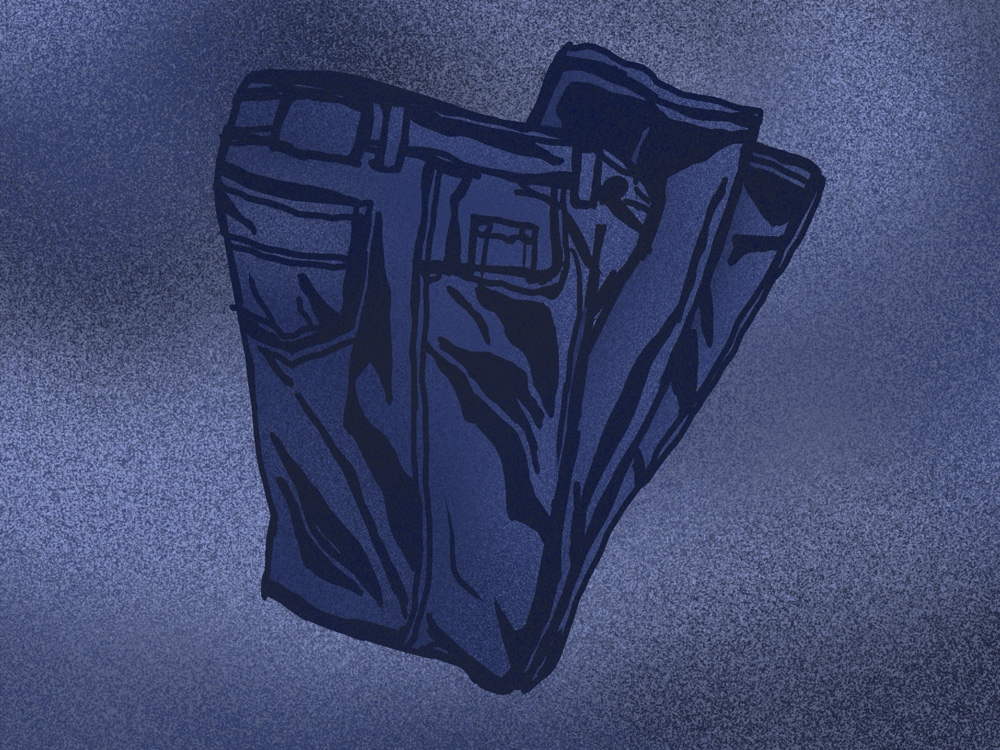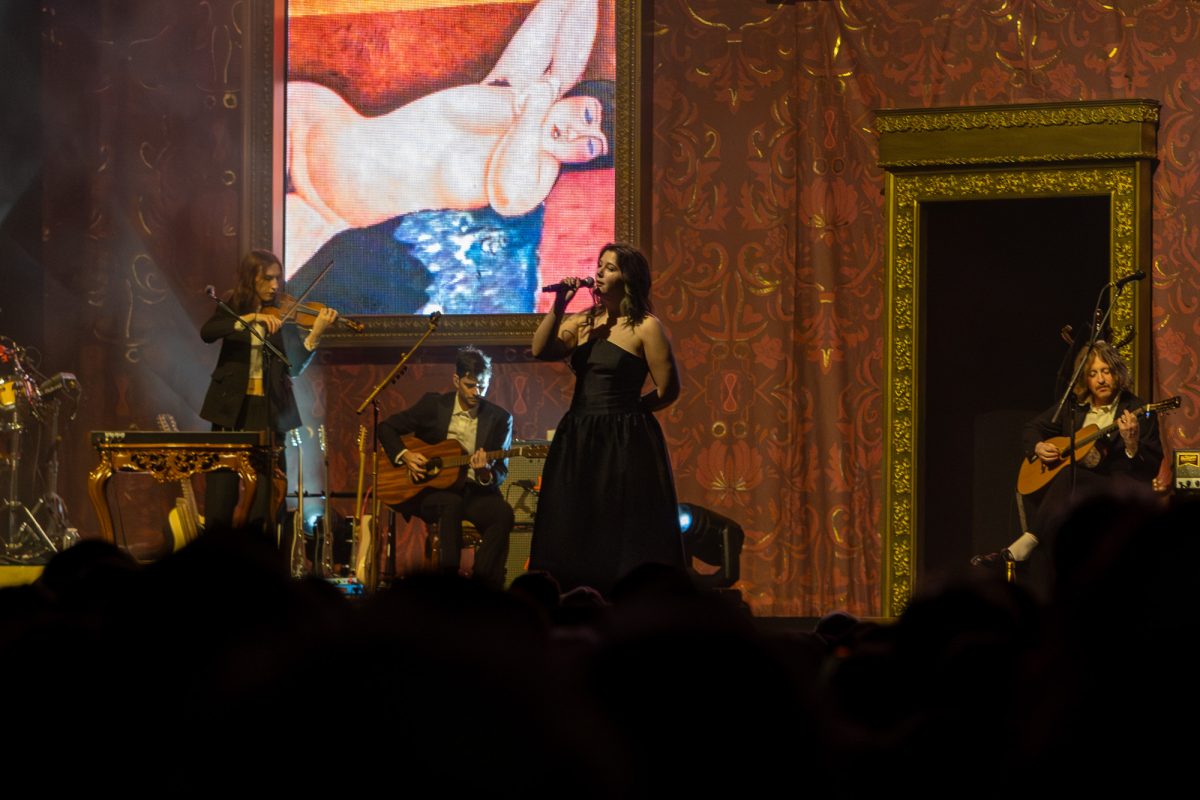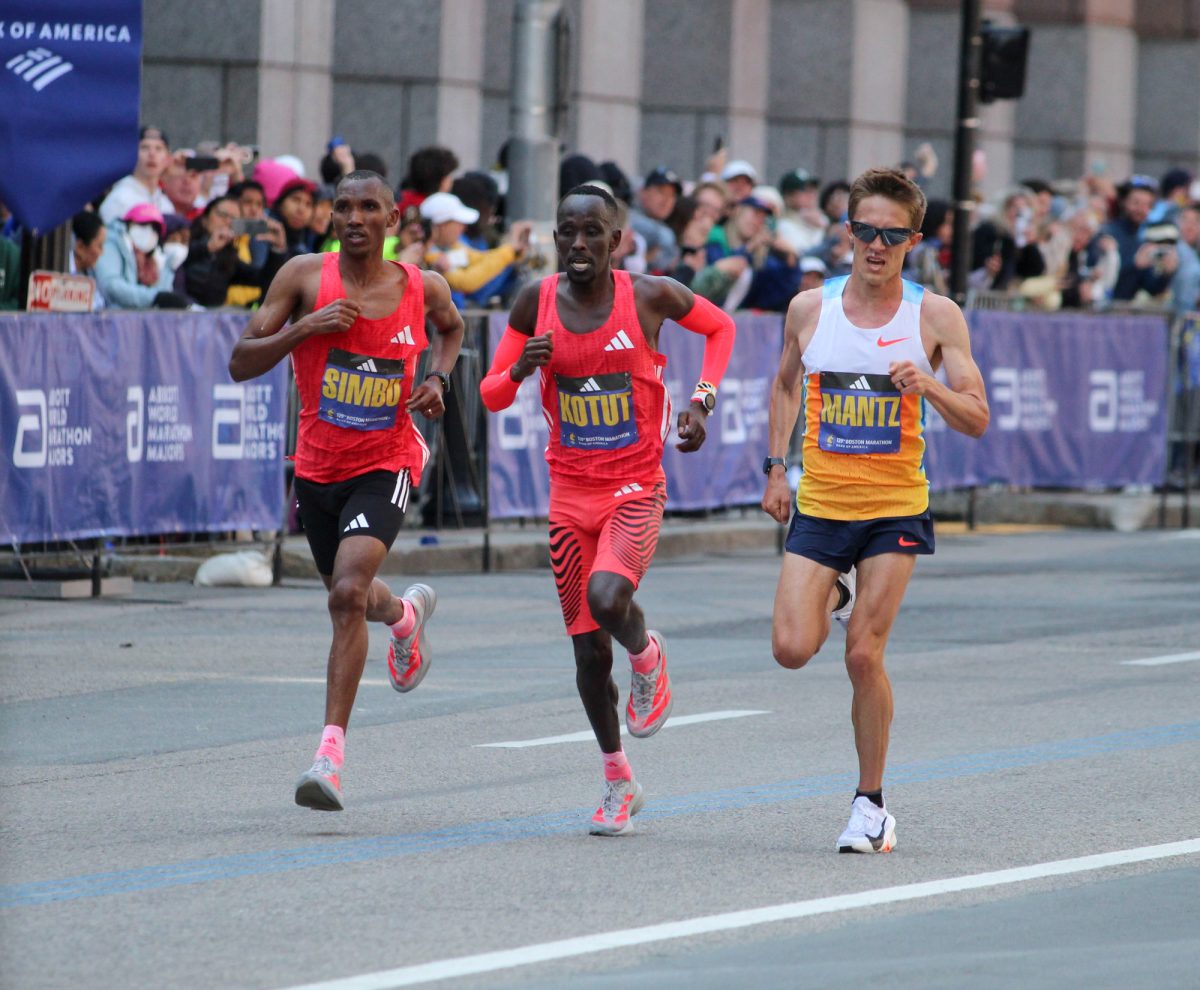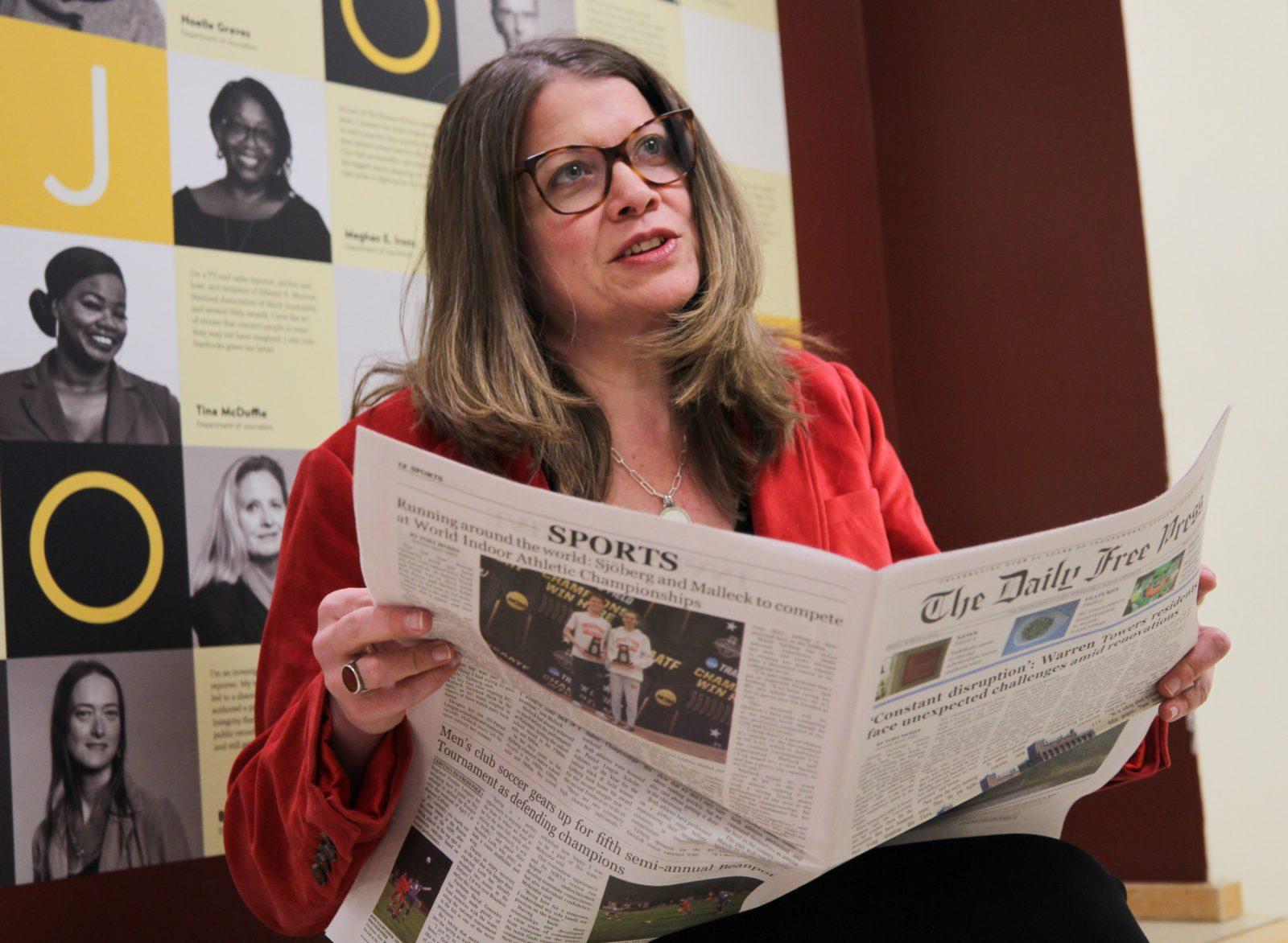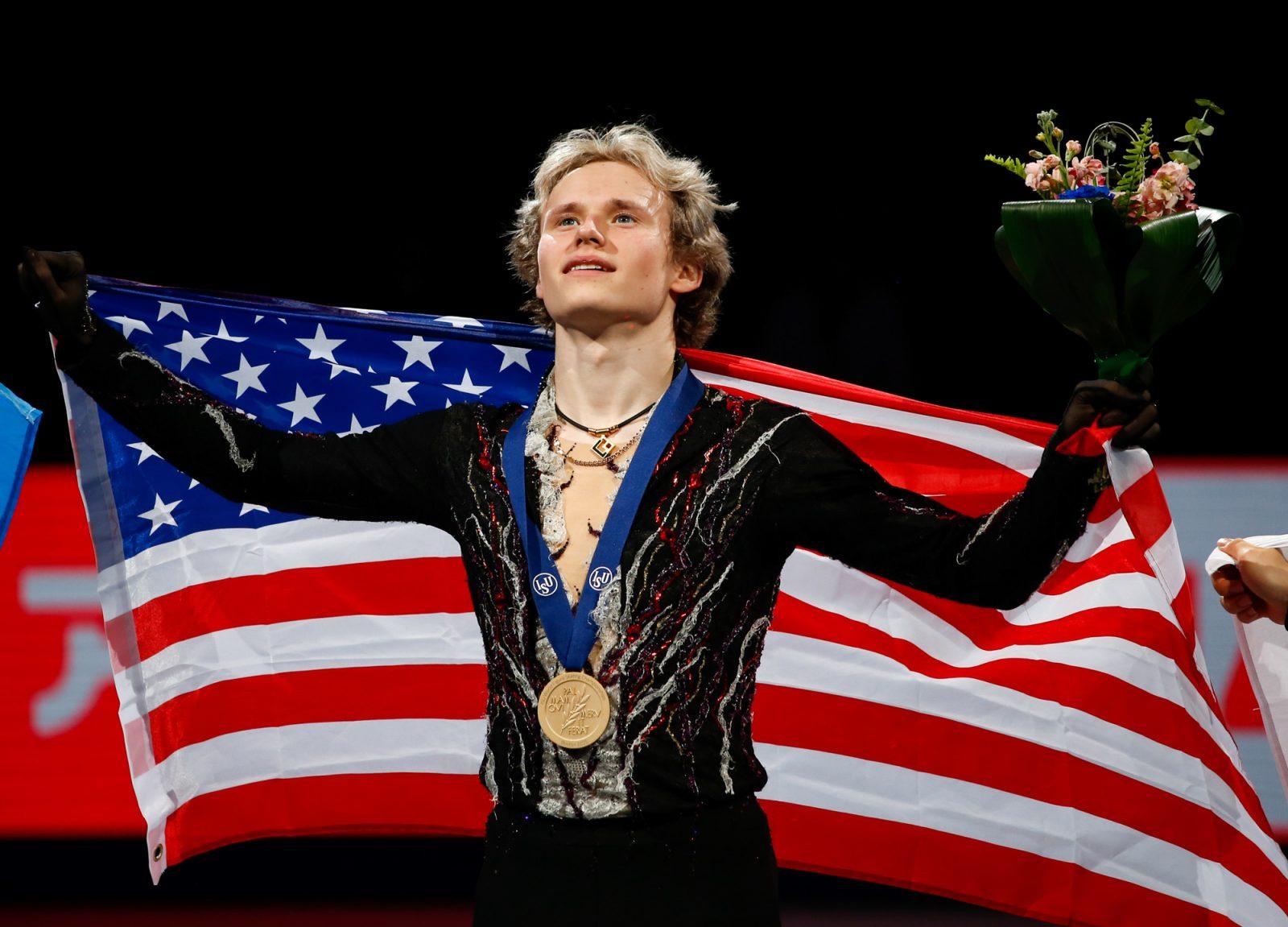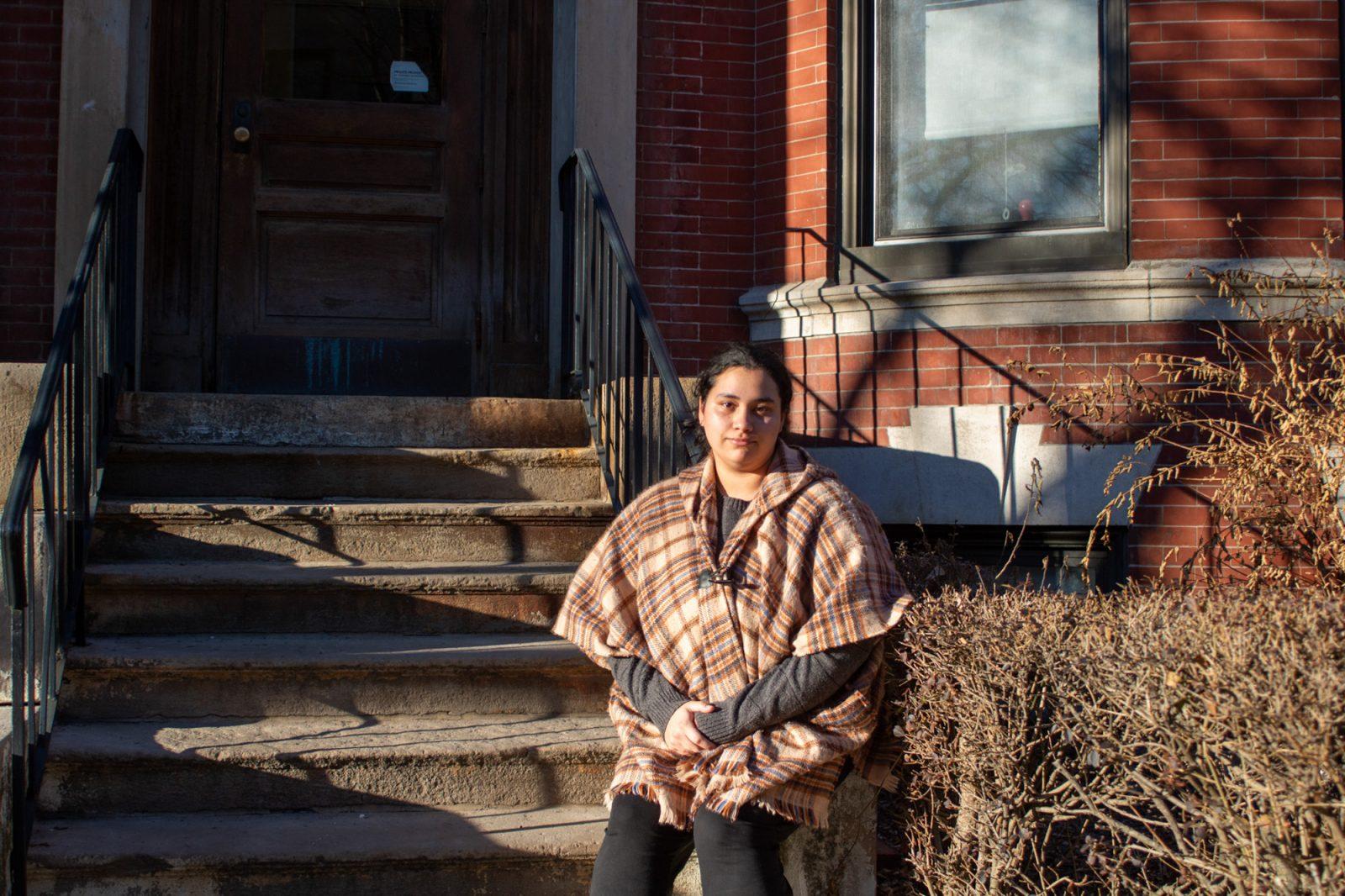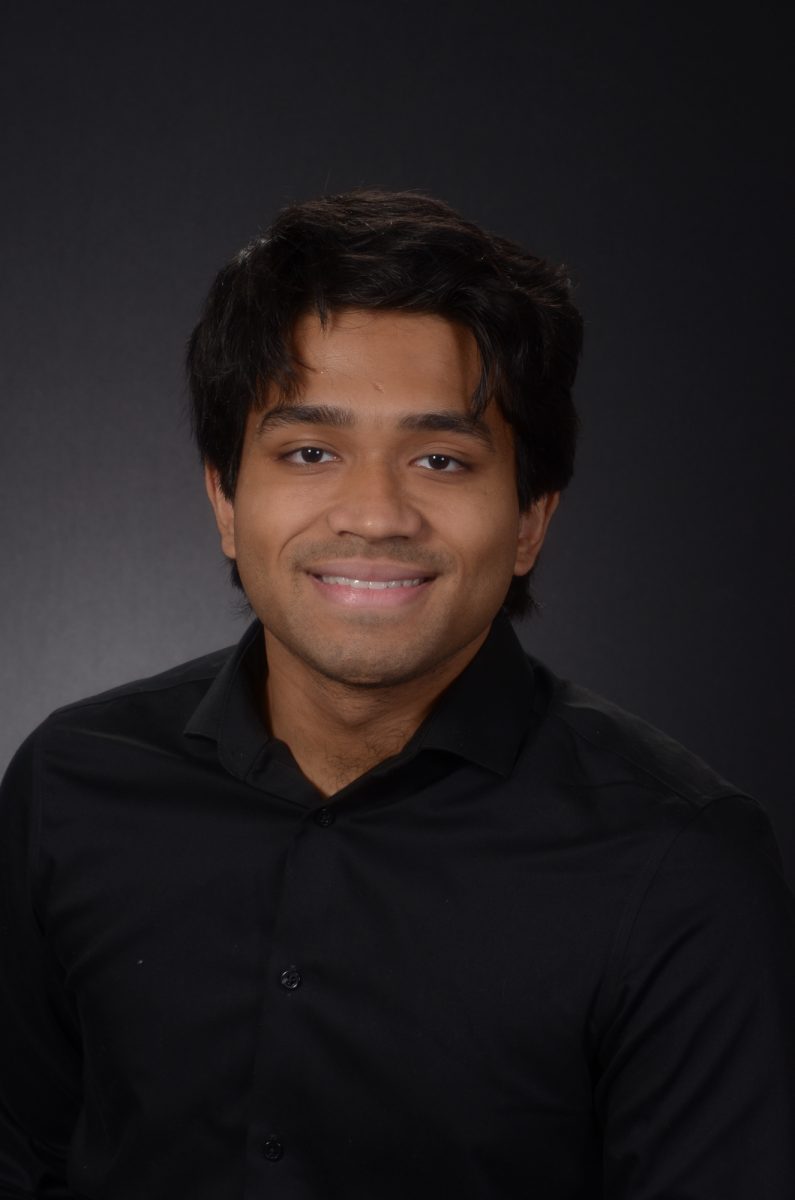
Among divisive political discourse and an explosive spike in the use of the phrase “fake news,” one art collection at the School of the Museum of Fine Arts at Tufts University aims to embrace the divide — or, rather, a lack thereof — between reality and fiction.
“Dream States: Video and the Political Imaginary” and “Martha Wilson: Politics and Performance Art Are One and the Same,” opened on Friday at the Barbara and Steven Grossman Gallery at the SMFA at Tufts.
According to a press release announcing the exhibition, the screening program and exhibition were curated by Dina Deitsch, director and chief curator of the Tufts University art galleries.
Deitsch cited recent discourse regarding fake news as an influence on the exhibitions political tones.
“Our political discourse is driven by fake media … notions of fakeness are becoming reality,” she said.
“Dream States,” the main exhibition, is presented as a separate presentation from that of a selection of New York-based performance artist Martha Wilson’s videos.
Both exhibitions are comprised entirely of video art, although the duration of each exhibit’s reel — and the duration of each of the reel’s individual videos — differs.
“Dream States” and “Martha Wilson” run continuously and simultaneously; visitors can easily alternate between the two showings, both of which explore relationships between art, media and politics.
Deitsch said that she was inspired to curate “Dream States” by “thinking of responses to our political climate … [and] thinking about our voice in the political sphere.”
Adding that she was “completely inspired by the Trump presidency,” Deitsch said that she saw a “distinctive space for fiction” in the curation of the exhibit.
In curating the collection, Deitsch said that she wanted to feature artists “whose work I respect profoundly.”
The “Dream States” exhibition features the work of four different artists and artist groups: T.R. Uthco and Ant Farm, Keren Cytter, Ruth Patir and The Propeller Group.
Most of the works have been released within the last 10 years — the exception being that of T.R. Uthco and Ant Farm’s “The Eternal Frame” (1975), which documents a recreation of the 1963 assassination of John F. Kennedy.
Deitsch considered “The Eternal Frame” to be an illustration of the inciting force behind blurred lines between reality and fiction in the media. “Media spectacle and historic event first conflated” during the JFK assassination, she said.
Other works in the main exhibition include The Propeller Group’s “Television Commercial for Communism,” (2011), intended to “[imagine] a re-branding of contemporary communist ideology,” and Ruth Patir’s “Sleep With Me,” (2015), which explores Barack Obama’s presence in a “collective dreamscape,” according to the press release.
Also featured are Cytter’s “Terrorist of Love” (2016) and “Rose Garden,” (2014), both of which “undermine the rules of narrative film and YouTube videos [to create] biting social critique” the release stated.
Unlike the multiple artists of the “Dream States” exhibition, the “Martha Wilson” collection showcases Wilson’s performances, in clips from 1985 to the present.
Wilson noted performance as the overarching connection between art, media and politics, citing President Donald Trump as a humorous example.
“The punchline of my performances [as Trump] is that he has made politics and performance the same,” she said. Wilson expressed gratitude that “we still have the right to make public protest.”
That right to public protest — and, more broadly, free speech — protects artists’ abilities to comment on political subjects.
Drawing upon the artists’ relationship with politics, John Ohrenberger, program coordinator and exhibitions director for the SMFA at Tufts, said in an interview that he hopes that viewers will “think more about how artists are commenting on current political moments and [on a] larger historical scope [as well].”
In a later email, Ohrenberger wrote that he hopes viewers will “think more about how artists respond to politics, both by engaging with the immediate present and by referencing a larger history of art and visual forms.”
Deitsch expressed a similar sentiment, saying that “Dream States” and “Martha Wilson” illustrate the ways in which politics and political media affect artists’ works both “overtly and covertly.”
“The line between reality and fiction is dissolved in media,” Deitsch said, noting that it was “rooted in film and television, [in] visual literacy.”
The artistic media presented in the exhibition is intended to be “poignant and funny,” Deitsch said. She added that humor is “[more than] escapism, [it] has practicality.”

